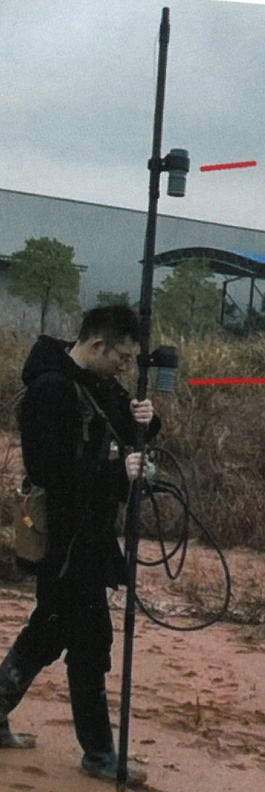What is a Magnetic Survey?
A magnetic survey is a geophysical method used to measure variations in the Earth's magnetic field caused by the presence of subsurface materials. It is widely used in mineral exploration, archaeology, and geological mapping (Image is credited to Promising).

Basic Principle
The magnetic survey method relies on the detection of magnetic anomalies caused by variations in the magnetic properties of subsurface materials. These anomalies can indicate the presence of ferrous minerals, voids, or other geological features (Image is credited to pburnley).

Equipment Used
- Magnetometers: Instruments that measure magnetic field intensity.
- Base Stations: Record background magnetic field variations for correction.
- Data Loggers: Store measurement data for processing and analysis.
Applications
Magnetic surveys have diverse applications, including:
- Locating mineral deposits (e.g., iron ore, magnetite)
- Mapping geological structures
- Detecting buried objects and archaeological sites
Advantages
- Non-invasive and environmentally friendly
- Provides rapid and cost-effective data acquisition
- Effective for both shallow and deep subsurface investigations
Limitations
- Susceptible to interference from nearby metal objects
- Limited resolution in areas with weak magnetic contrasts
- Requires correction for diurnal variations in the Earth's magnetic field